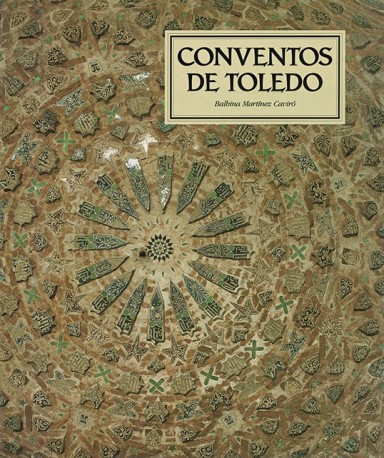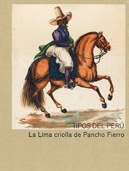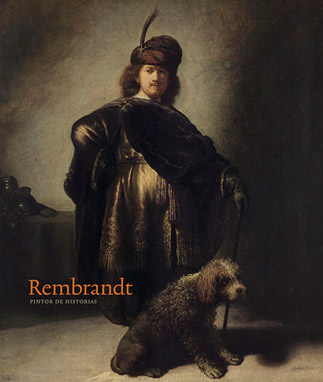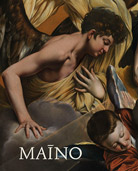
Conventos de Toledo
As scholars and fans of Renaissance and Baroque art know, Spanish convents and monasteries hold a very considerable amount of sculptural, pictorial and furniture works (reliquaries, liturgical objects, etc.) barely known to specialists in these areas. and completely unknown to the general public. The closure, which has prevented the aesthetic enjoyment of these works by consecrating them to their original religious use, has allowed, on the other hand, the conservation of a heritage that otherwise might have been lost or that, with complete certainty, would have been private of the context for which it was created.
Balbina Martínez Caviró, professor of Art History at the Complutense University of Madrid and director of the Valencia Institute of Don Juan, managed, after requesting the relevant ecclesiastical permits, to enter the sixteen cloistered convents that remain in Toledo. The result of his work was poured into this book, profusely illustrated, which reveals for the first time the architectural and artistic treasures that are hidden behind the insurmountable walls of these religious institutions and in which, likewise, it is reflected the way of life of the different orders.
Balbina Martínez Caviró, professor of Art History at the Complutense University of Madrid and director of the Valencia Institute of Don Juan, managed, after requesting the relevant ecclesiastical permits, to enter the sixteen cloistered convents that remain in Toledo. The result of his work was poured into this book, profusely illustrated, which reveals for the first time the architectural and artistic treasures that are hidden behind the insurmountable walls of these religious institutions and in which, likewise, it is reflected the way of life of the different orders.
30 other products in the same category:
Cargando...






